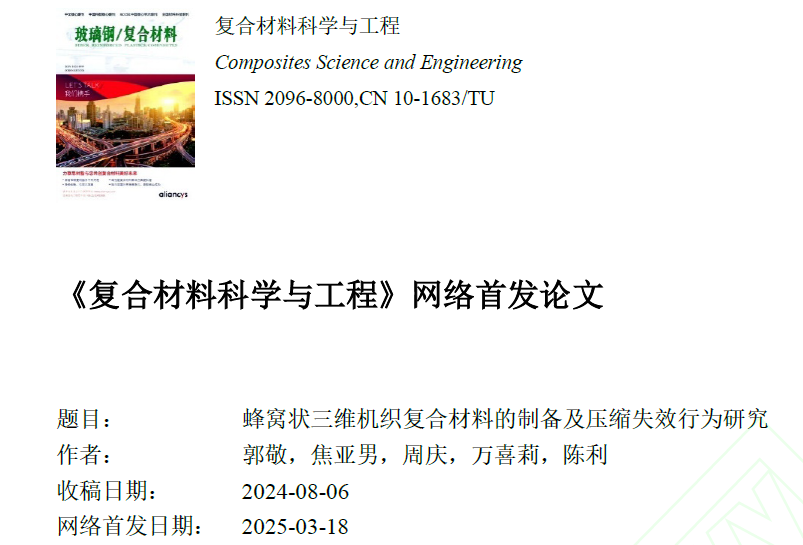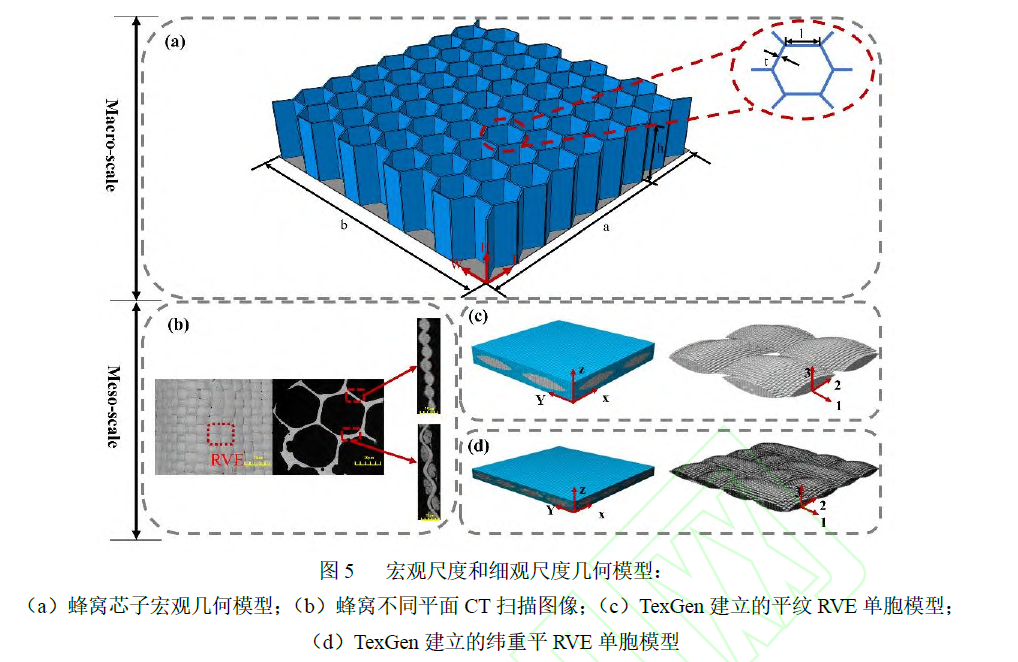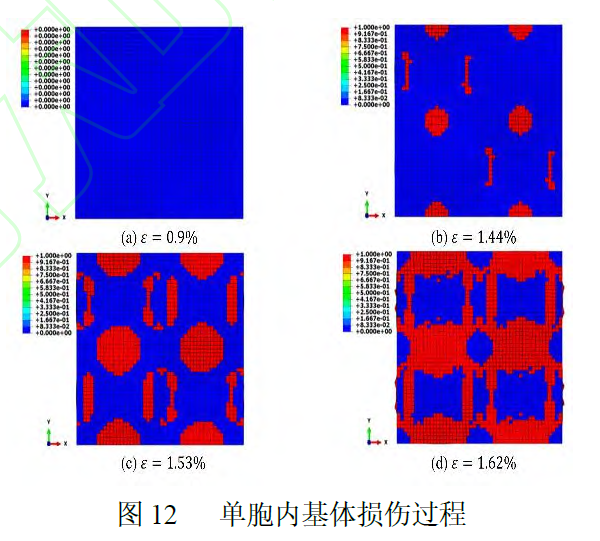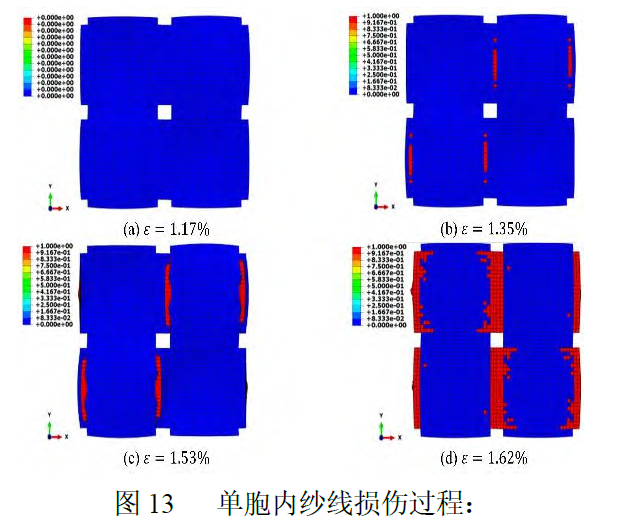Innovation Drives the Future-Protech 3D Composites R&D Team's Research Result Accepted in the Journa
Recently, the research result of Protech R & D team, titled “Study on preparation and compression failure behavior of 3D Woven honeycomb composite materials”was accepted in Composites Science and Engineering-a leading Chinese core journal in composite materials. The paper provided new theoretical and technical supports for the development of 3D composite materials.
 |
Honeycomb structures had demonstrated broad application prospects in aerospace, rail transportation, automotive industries, and other fields due to their lightweight, high stiffness, and excellent energy absorption properties. However, traditional two-dimensional honeycomb composite materials were prone to delamination failure under complex loads, which limited their application in high-reliability scenarios. Protech research team had pioneered the first systematic investigation into fabrication processes and compressive failure mechanisms of 3D woven honeycomb composites. Through innovative manufacturing breakthroughs, multi-scale analysis of compressive failure behavior, and development of application-oriented performance mapping, the research had successfully overcome conventional material performance constraints.
 |
 |
 |
 |
The research established a multiscale model for 3D woven honeycomb composites using the finite element method. The mesoscale representative volume element (RVE) was employed to characterize both the woven architecture and honeycomb porosity, coupled with a mesoscale progressive damage model to decouple damage mechanisms under out-of-plane compression. The 3D Hashin failure criterion was adopted for fiber failure identification while the maximum stress criterion governed matrix failure assessment. Interface degradation was implemented to simulate delamination propagation. A cross-scale data transfer algorithm enabled the coupling of macro and meso mechanical responses. Through experimental and simulation validation, it was demonstrated that 3D woven honeycomb composites under out-of-plane compression primarily exhibited three dominant failure modes: fiber compression failure, matrix compressive failure, and honeycomb wall buckling. The research provided theoretical supports for the out-of-plane compression-resistant design of honeycomb structures."